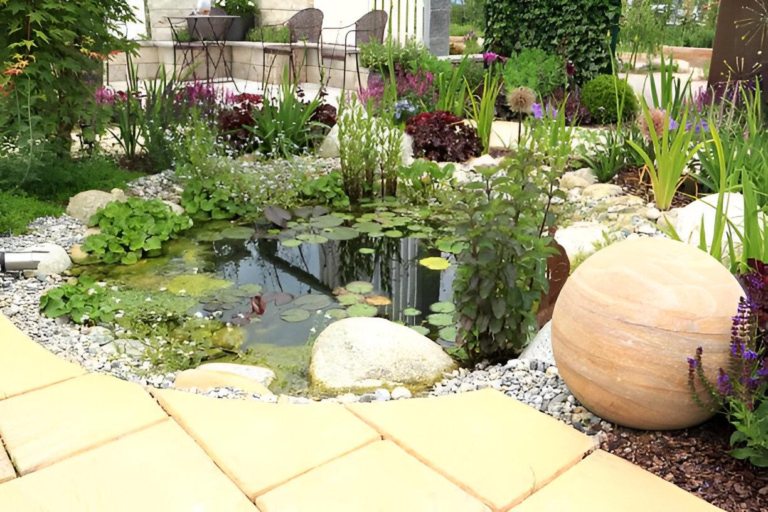
Clean air inside homes is essential for good health. Every family wants fresh air that feels safe to breathe. A modern HVAC system helps with that goal by doing more than heating or cooling. It also helps remove harmful particles from the air.
These modern features provide HVAC solutions to improve indoor air quality that keep your living space clean and comfortable. Cleaner indoor air depends on how your HVAC system works to reduce dust, control moisture, and move air smoothly. With new technology, it is easier to keep the air inside your home fresh. This article explains how different HVAC features help deliver cleaner air and why they are worth adding to your home.
Advanced Air Filtration Systems
Air filters are the first step toward cleaner indoor air. Basic filters stop large dust particles, but advanced filters go further. They can capture smaller pollutants like smoke, mold spores, and bacteria. This prevents harmful particles from returning to your living space.
Some systems use electronic air cleaners or HEPA filters. These attract tiny particles using static charge, trapping them before they spread. Replacing filters on time keeps the system strong and prevents clogs that slow down airflow. Clean filters also help your unit run more efficiently.
UV Light Purification Technology
UV light technology helps remove germs from indoor air. A UV lamp sits inside the duct or near the cooling coil. As the air passes through, the light destroys bacteria, mold, and viruses. This process keeps the air cleaner and safer for everyone at home. It also helps keep the HVAC system cleaner by reducing the growth of mold inside coils. Cleaner coils improve energy use and reduce the need for repairs. UV lights are easy to install and are a good way to improve air hygiene without adding extra steps to your routine.
Smart Ventilation and Air Exchange
Good ventilation brings fresh air inside while pushing stale air out. Many modern HVAC systems use devices like energy recovery ventilators (ERVs) or heat recovery ventilators (HRVs). These systems exchange indoor and outdoor air without losing much heat or coolness. They also balance humidity, making indoor air more pleasant to breathe.
Fresh airflow reduces odors and harmful gases from cleaners or furniture. It also lowers the buildup of carbon dioxide. A well-ventilated home feels cleaner and helps everyone breathe with ease.
Humidity Control Systems
Moisture control is key to clean and healthy air. Too much humidity encourages mold growth, while dry air irritates your throat and skin. Smart HVAC units include humidifiers or dehumidifiers that adjust moisture automatically. They track air conditions and add or remove moisture as needed. Proper humidity protects wood furniture and walls from cracking or swelling. These HVAC solutions to improve indoor air quality give steady comfort throughout the year.
Air Quality Monitoring and Smart Controls
Smart HVAC systems use sensors to measure air conditions. They can detect dust, gases, or temperature changes. When air quality drops, the system reacts by adjusting the fan or filtration level. Some systems send updates to your phone so you can see the air quality inside your home at any time.
Smart thermostats help control indoor air more accurately. They manage heating, cooling, and air flow based on your daily habits. This saves energy and helps keep the air fresh without extra effort.
Cleaner air inside your home supports better health and comfort. Modern HVAC technology makes it possible to remove dust, control moisture, and replace stale air with fresh air. With the right features, your system can create a safe space that feels pleasant every day. Choosing updated HVAC technologies is a smart way to protect your family’s well-being and enjoy a cleaner home environment.








